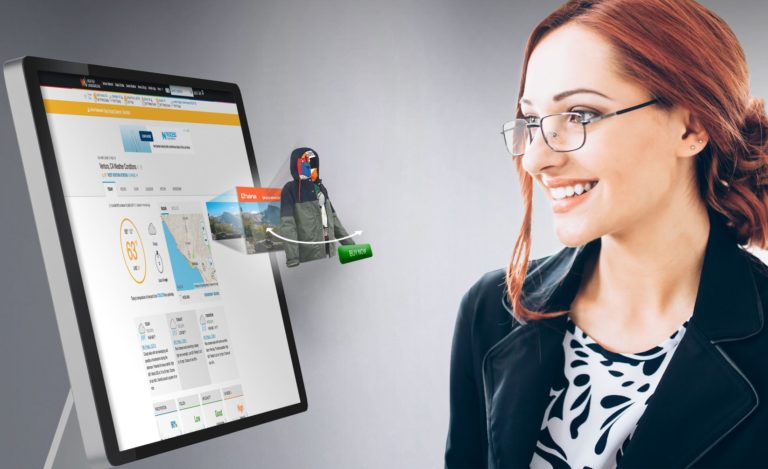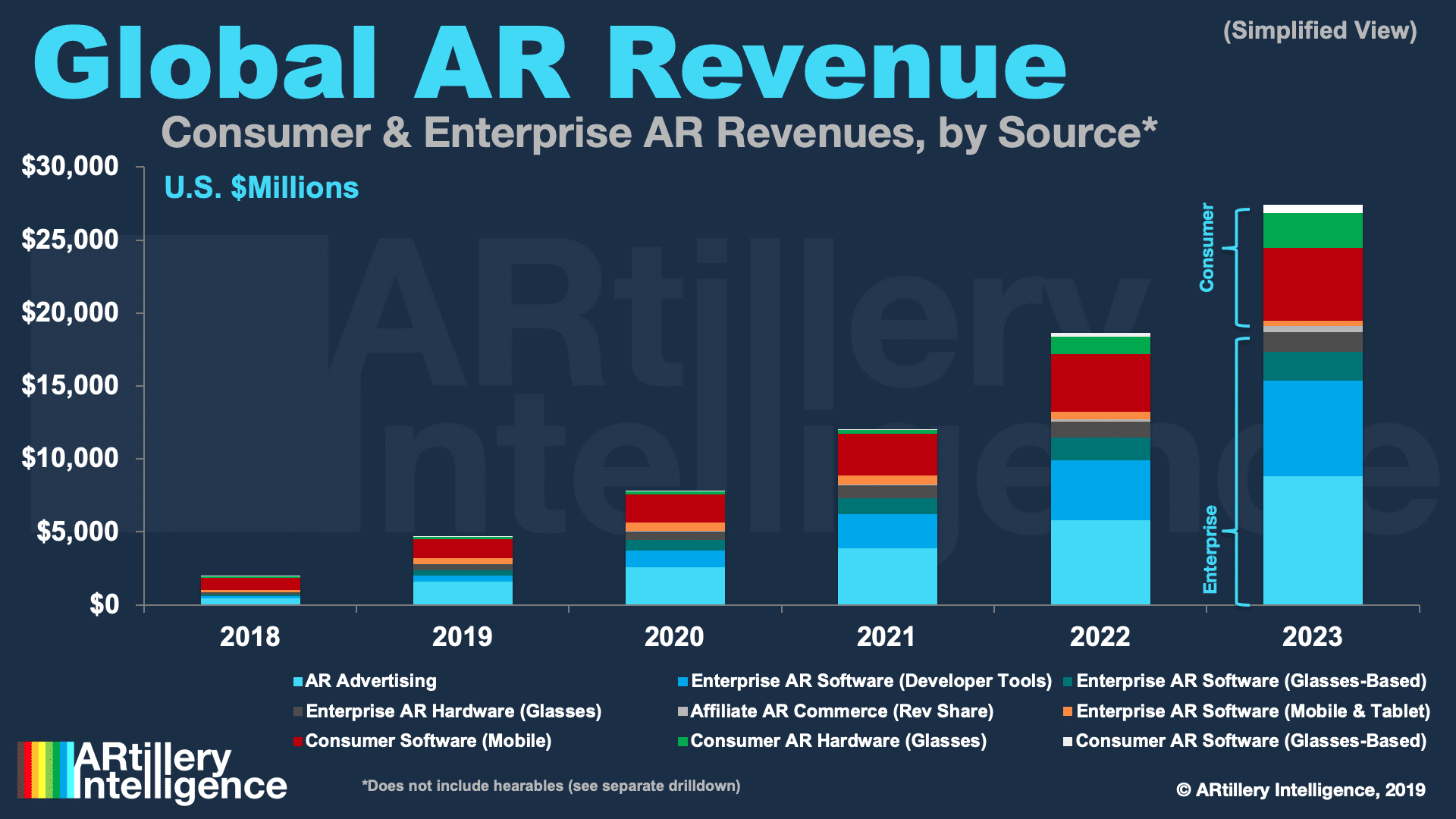
![]() AR Insider’s Campaign Tracker series examines brand marketing campaigns that utilize AR product visualization. For a full library of AR marketing data and strategic insights, subscribe to ARtillery PRO.
AR Insider’s Campaign Tracker series examines brand marketing campaigns that utilize AR product visualization. For a full library of AR marketing data and strategic insights, subscribe to ARtillery PRO.
Proof points continue to roll out for AR’s effectiveness as an advertising medium. Early-adopter brands are learning that AR lets them demonstrate products in immersive ways. That can include brand exposure (upper-funnel) or “try before you buy” (lower-funnel) visualization.
More evidence from the lower-funnel side of the AR commerce spectrum comes from a new case study from NexTech AR Solutions. The AR eCommerce firm reports that a recent 3D ad campaign it ran for Miele Vaccum saw a conversion boost of 300 percent over non-AR equivalents.
The campaign also resulted in 32 percent greater click-through-rates (CTR), 23 percent lower cost-per-click (CPC) and an overall cost per acquisition (CPA) that was 74 percent less than non-AR benchmarks. These results indicate not only performance but cost-efficiency and ROI.

Isolate the Variable
As for the campaign itself and the measurement methodology, it involved a $999 premium Miele Vaccum. A typical banner-ad campaign A/B tested AR ads (test group) versus non-AR ad (control group). This involved 200,000 impressions, split evenly between AR and non-AR.
To isolate the variable in question and truly see AR’s impact, both sets of ads looked identical in design and ad copy. They were both HTML 5 banners in four standard IAB sizes. The only difference was the ability to interact with the AR version of the ad. View them here and here.
For the AR ad, a slowly rotating product indicated the ability to interact using a cursor (desktop) or touch (mobile). The additional option was available on smartphones to visualize the product in one’s space by activating the camera. This all happened in web AR with no app required.
Interestingly, NextTech acquired the eCommerce site VCM.com where the vacuums are sold. Along with a few other acquisitions, this investment essentially provides an AR proving ground where it can control the full stack and optimize the workings of its 3D/AR Ad Network.
Best of Both Worlds
This campaign validates AR’s ability to measurably boost revenue. This is coupled with its strength (shown elsewhere) as a branding and awareness medium. This traces back to our assertion that AR ads have the ability to span the purchase funnel from impression to action.
This ability to combine reach with high engagement is somewhat rare among ad media. And product sales speak the universal language of revenue and direct ROI. But despite these proof points, there’s doubt among brand advertisers, meaning more ongoing education is needed.
That adoption will cycle into the relatively laggard and comfort-zone bound Madison Avenue, just as it did for mobile advertising. This is happening to the tune of $1.5 billion in AR ad revenue last year according to our research arm ARtillery Intelligence, on pace for $8.8 billion by 2023.
That’s a high growth rate, starting from such a small base. But to put it further in perspective, $8.8 billion is 1.4 percent of the $620 billion global ad spend. So though AR ads show strong signs, they have a long way to go… which is mostly good news in terms of headroom for growth.

In Perspective
Throughout this evolution, one thing we’ll see is AR campaign best practices and standards develop. There’s still much innovation to come around creative applications of the underlying technology to build compelling ad experiences. Think of it like mobile advertising in 2010.
In the same sense, one historical lesson is to avoid the fate of those who were late to mobile advertising. Those who jumped at mobile early conversely developed a competitive edge. Consumer brands, if fitting to the medium, should start to build an AR knowledge base.
We’ll be back with more AR commerce proof points and takeaways in our Campaign Tracker series. There will be lots to watch and internalize as AR advertising evolves quickly from early and experimental stages to a firmer set of strategies around UX, user targeting, and distribution.
Disclosure: AR Insider editor Mike Boland sits on the advisory board of NextTech AR Solutions, though no money changed hands for the production of this article. See AR Insider’s Disclosure and Ethics Policy here.
